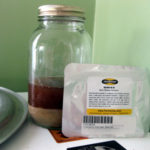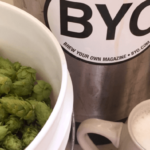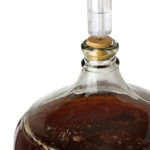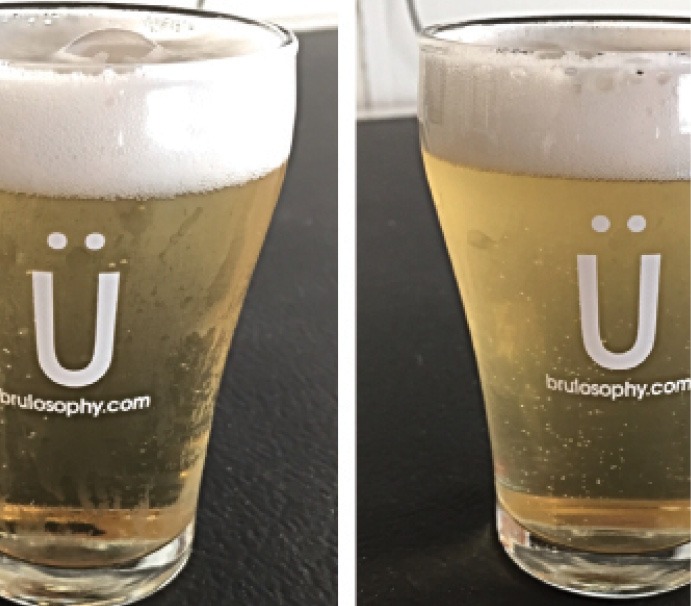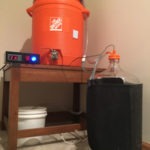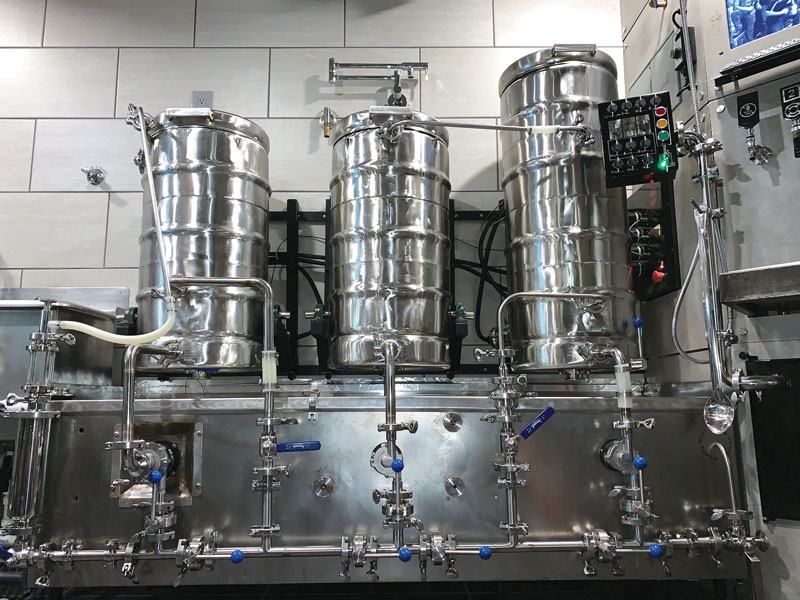Topic: Fermentation
Planning a Nano’s Cellar
The method of fermentation described above works with fermenters over a fairly wide range of sizes, mainly depending on the shape of the fermenter. The dissipation of heat from the fermenter into
Fermentations Apart: Selecting different yeast for different jobs
Brewers often add adjuncts right into the main batch of beer before or during fermentation with the hopes that the characteristics of the beer will play nicely with the additive. But Michael Tonsmeire explains that fermenting the two separately may sometimes be your best approach.
Brewing With Wine Yeast
Wine yeast ferments wort differently when compared to brewer’s yeast, but that doesn’t mean brewers can’t use them. Michael Tonsmeire offers some tips and ideas for their use.
Multi-Purpose Fermentation Chamber
While there are tons of designs for fermentation chambers to be found, this build incorporates smart design, a clean look, and repurposed equipment to create a unique system.
Fermenting and Conditioning
Running a healthy fermentation depends on pitching an appropriate amount of healthy yeast. Beyond that, creating proper wort conditions (with respect to aeration and nutrition) and controlling your fermentation temperatures are the
Fermentation Temperature Control
As you learn to homebrew, you will hear over and over again that you will need to maintain control over the temperature of your fermentation to maintain some control over the profile
Fermentation Cabinet
Temperature control is key during fermentation. Build this cabinet to provide your fermenter the optimal environment for success.
The Forced Ferment Test
A forced ferment is a test used by many professional brewers and brewery labs to determine the minimum final gravity possible from a freshly-made batch of wort. By diverting a sample of wort
Stuck Fermentations
Avoid a stuck fermentation with these simple tips.
Fast Lager Experiment: Traditional vs. Quick Fermentation
Many homebrewers avoid making lager styles due to how convoluted and time consuming the process is. In addition to recommendations calling for yeast pitch rates nearly double that needed for ales, step
Transferring to Secondary Fermentation
Fortunately for homebrewers there are convenient ways to move beer around without ruining your homebrewed suds with the ill effects associated with oxygen. As you mention in your question, one handy method
Build a Fermentation Temperature Control System
Don’t have space for a fermentation fridge? Control fermentation temperature with heat and cooling wraps.

